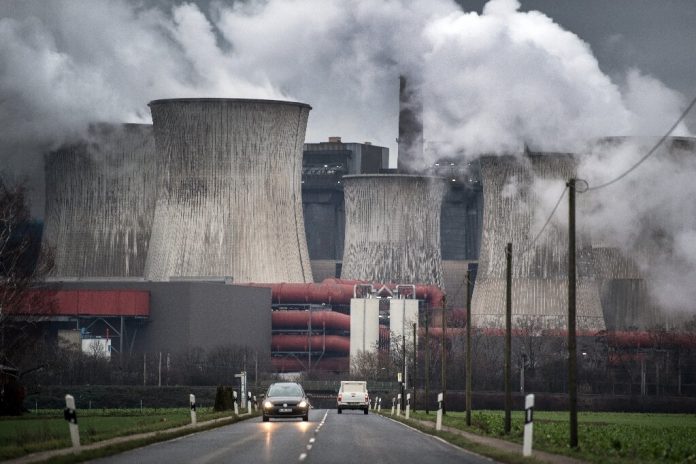View more
 Related
Related
REEI 2020/08/23
ROCK 2021/10/14
View more
 Topics
Topics
View more
 Publications
Publications

Article List > Article details

Tokyo reports continued emissions reductions for 2018
REEI 2020/03/31
On 26 March 2020 the Tokyo Metropolitan Government released results from the ninth year of its cap-and-trade program, showing continued emissions reductions.
In fiscal year 2018, facilities covered by the cap-and-trade program reduced emissions by 12.11 million tons, a 27% reduction from the 2000 baseline. 2018 is the second year of Tokyo’s second compliance period, which sets a target of 15% or 17% depending on the type of facility. This was up slightly from FY2017's 12.04 million tons, though for FY2018 a slightly higher percentage of covered entities reached their targets for the second compliance period.
Nearly 80% of covered facilities have achieved those targets as of the close of FY2018. The collective reduction of 27% is on par with the system-wide target of 27% below the baseline for Tokyo’s third compliance period, which runs from 2020-2024.
Nearly 80% of covered facilities have achieved those targets as of the close of FY2018. The collective reduction of 27% is on par with the system-wide target of 27% below the baseline for Tokyo’s third compliance period, which runs from 2020-2024.
The Tokyo Cap-and-Trade Program covers about 1,200 facilities with an annual energy usage equivalent to 1,500 kiloliters or more of crude oil. This includes large buildings, factories, heat suppliers, and other facilities that consume large quantities of fossil fuels. The 2018 data shows that most reductions have been achieved through the installation of high-efficiency heat source equipment (158,000 tons of CO2) and lighting (125,000 tons of CO2).
A new mechanism introduced for the second compliance period encourages covered facilities to procure electricity or heating from certified suppliers with lower emission factors. Low-carbon electricity and heat contributed to reductions of approximately 32,000 tons of CO2 in FY2018. This mechanism will be expanded for the third compliance period.
Guest post from ICAP




